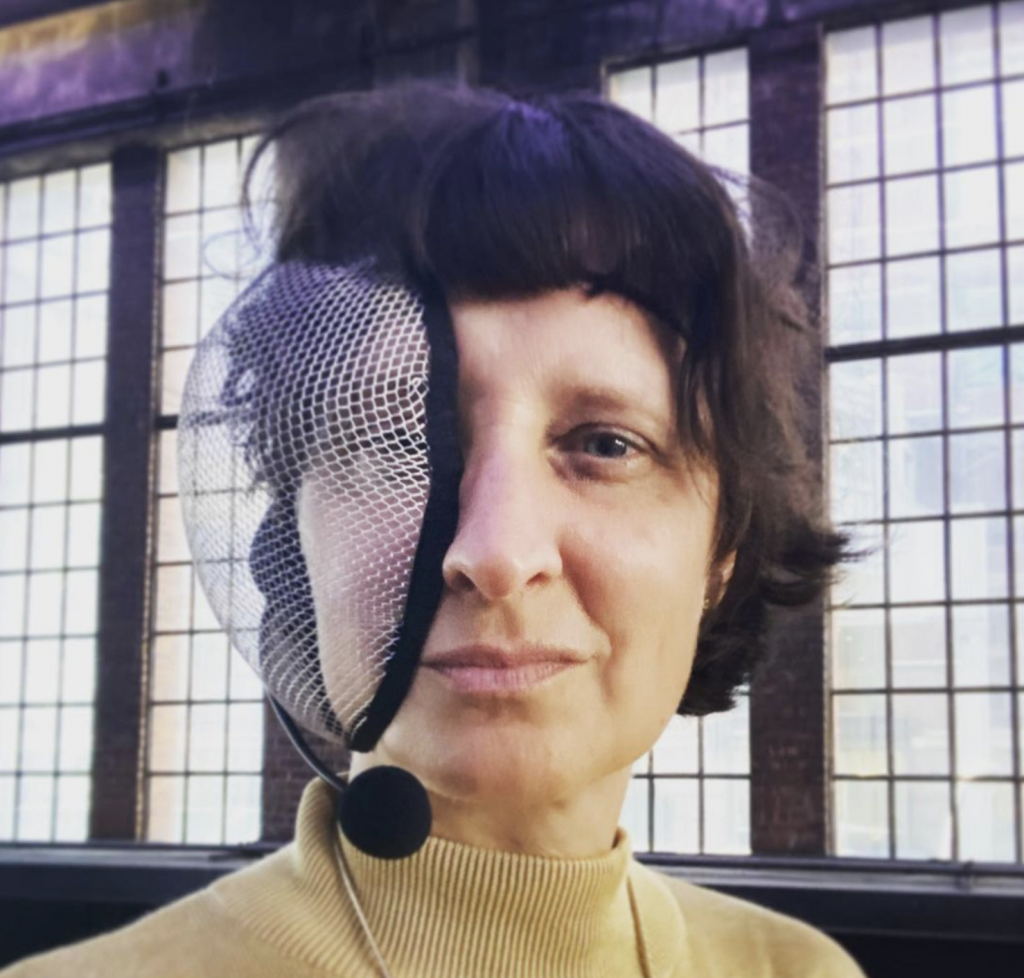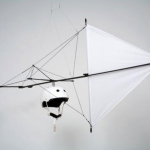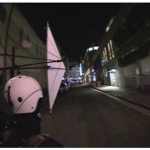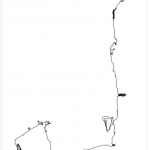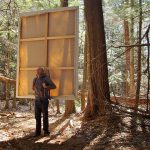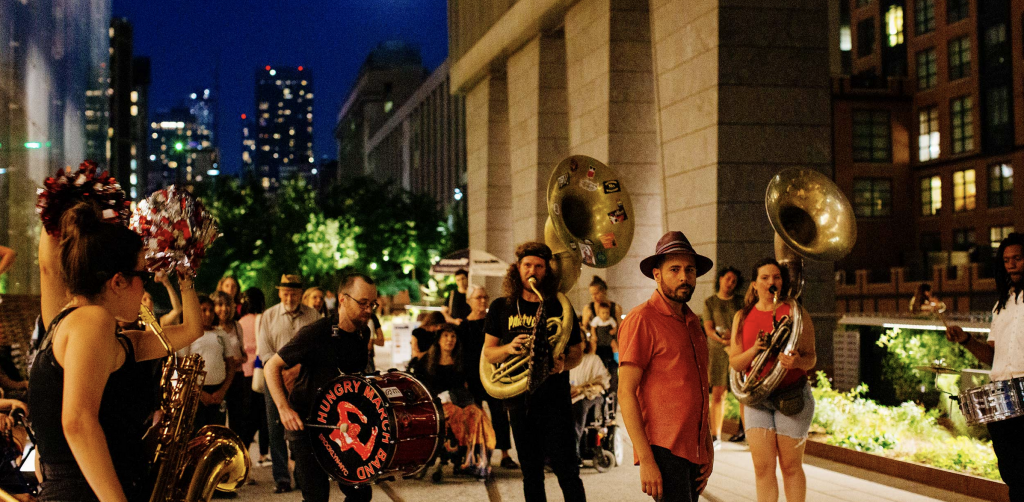
Carmen Papalia – Mobility Device – 2021
[credit]
“Carmen Papalia is an artist and disability activist who uses organizing strategies and improvisation to navigate his access to public space, art institutions, and visual culture. His socially-engaged practice expresses his resistance of support options that promote ablest concepts of normalcy, like white canes and other impairment-specific accommodations that only temporarily bridge barriers to participation in an otherwise inaccessible, policy-based system. Papalia designs experiences that invite participants to expand their perceptual mobility and to claim access to public and institutional spaces.
For the High Line, Papalia presents Mobility Device, an innovative, collaborative performance in which he is accompanied by a marching band that plays a site-reactive score as guidance for navigating his surroundings. The work transforms the white cane—a symbol of someone with visual impairment—into a collective, sonic experience that opens up ways of thinking about care, collaboration, and a normative hierarchy of the senses. Papalia will bring Mobility Device to the High Line with the Hungry March Band, an 18-person ensemble founded in 1997 for the Mermaid Parade. With this work, he urges visitors to experience public spaces through the non-visual world.”

